Excellent Rating
Do you have a mold problem? We are here to help! Florida's Elite restoration is one of only three Licensed IICRC Mold Removal Specialists in the Greater Tampa Bay area! Give us a call at anytime 24/7 for a free inspection, and we can help you assess if a mold remediation is necessary.
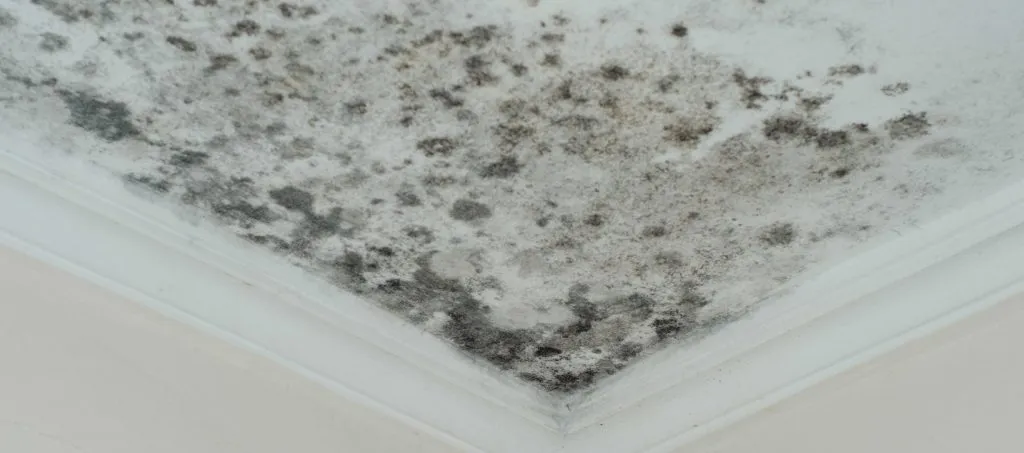
A mold remediation is a complex process executed by trained professionals in order to resolve mold growth within a home or business. The first step in a mold remediation is to locate the source of water that has caused the mold growth to occur in the first place. Mold needs water and food in order to grow, and water/moisture is the most important factor influencing mold growth indoors.
Once the source of the water has been located, it must be fixed in order to prevent any further mold growth. After the source of water/moisture has been eliminated, air quality testing is the next step in the mold remediation process. What is air quality testing?
Excellent Rating
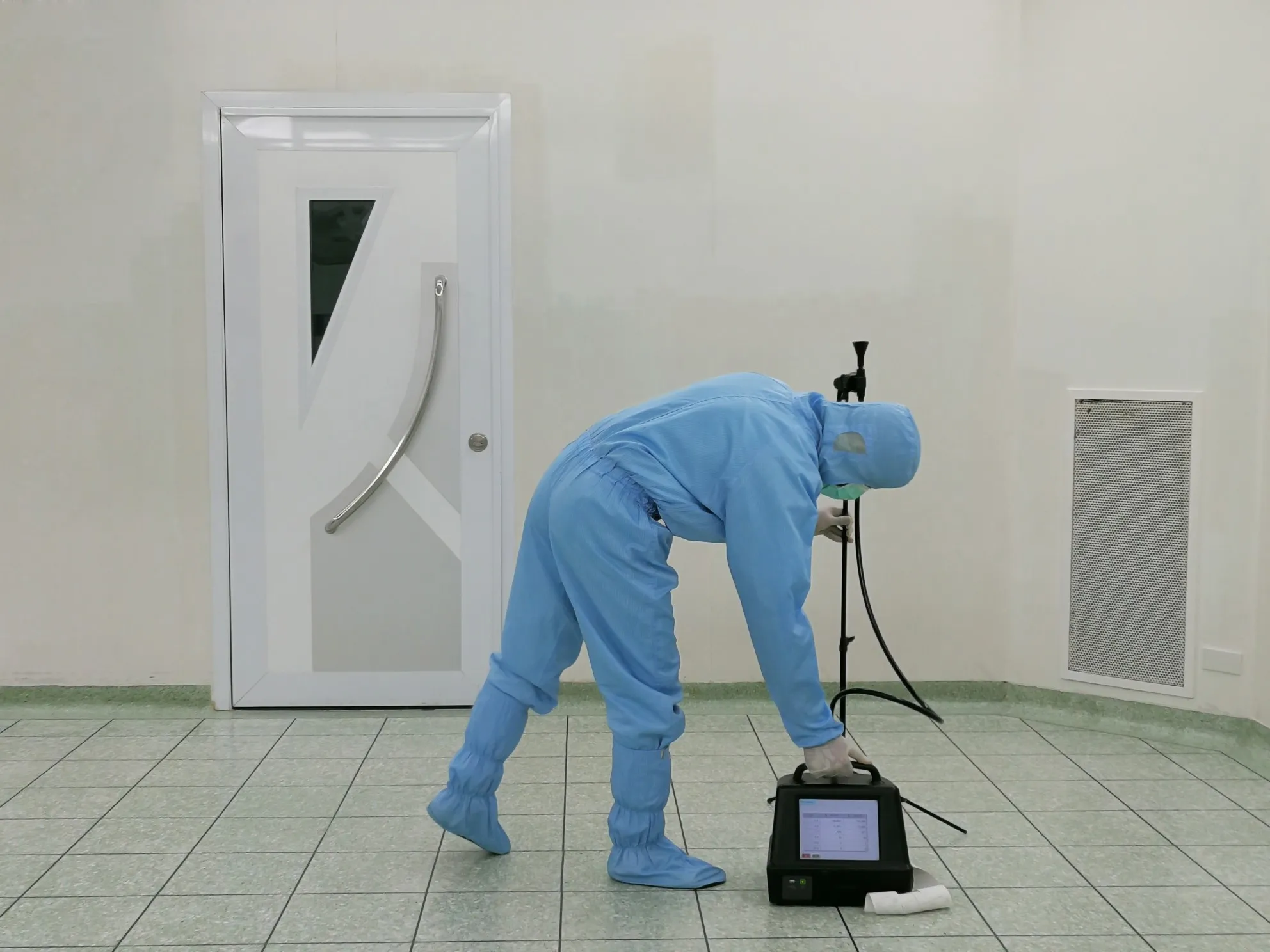
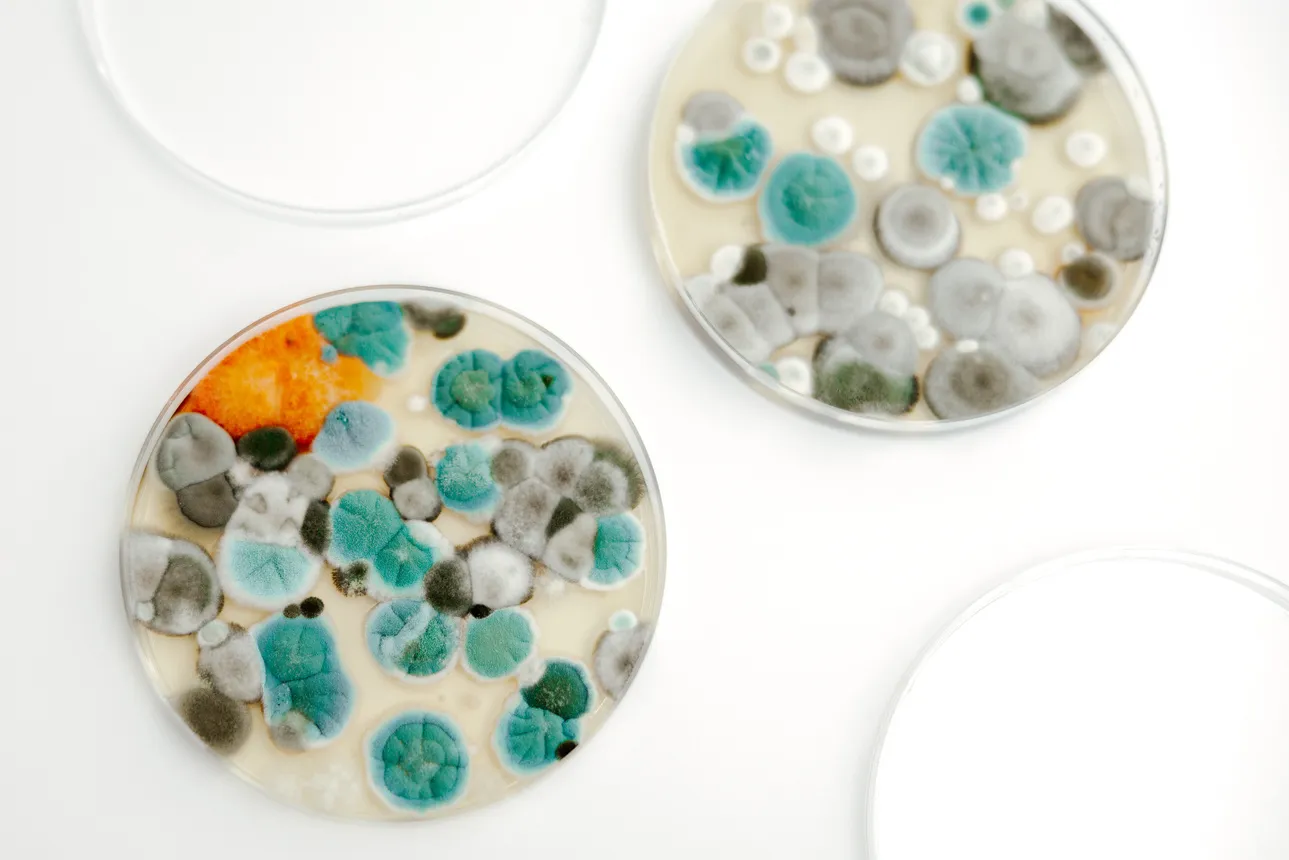
The mold assessor first takes an air sample of the outside air of the home. This sample is then used as the baseline sample, as the indoor air quality samples should be the same or better than the outside air. The mold assessor will then take an air sample in the affected area of the home, as well as several other samples in unaffected areas of the home, in order to test if any airborne mold spores are present and if they have spread throughout the home.
Step 01
The mold assessor first takes an air sample of the outside air of the home. This sample is then used as the baseline sample, as the indoor air quality samples should be the same or better than the outside air. The mold assessor will then take an air sample in the affected area of the home, as well as several other samples in unaffected areas of the home, in order to test if any airborne mold spores are present and if they have spread throughout the home.
Step 02
The mold assessor will take multiple physical samples of the suspected mold growth. These samples are then labeled and sent off to a lab to be examined. These samples are observed under a microscope, which allows the species of mold to be identified and the quantity of mold present to be determined as well.
After all the necessary samples have been taken and examined, the mold assessor will then compile roughly a 15 page report called a "Mold Protocol Report". This report will include all the findings of the samples taken at the property, as well as recommendations of what is needed to be done in order to remediate and remove the mold present within the property. The typical turn around time to receive this report from the third party mold assessor is approximately 5-7 days after the samples were taken. After we receive this report, what are the next steps?
Once we have received the mold protocol report from the mold assessor, we can now begin the mold remediation if it is deemed necessary based off of the findings of the mold assessor. Typically, a mold Remediation from start to finish will take 7 days. What will happen during this time?
First, we contain off the work area with a thick plastic barrier. We also seal off any air vents, and create a negative air chamber if applicable. This plastic barrier will be up for the duration of the remediation. This plastic is used to prevent the spread of mold spores that will become airborne during the removal process. After the work area has been contained off, we then lay down floor protection from the containment entrance to the front door of the home in order to protect the flooring from any damages.
We then remove and discard all impacted non-salvageable materials, such as drywall or carpet. Any salvageable materials such as framing are then heavily sanded, HEPA vacuumed, and cleaned with an anti- microbial. Once the affected materials have been treated, all surfaces within the contained off work area are hepa vacuumed, wiped down with anti-microbial, and then hepa vacuumed again. This is called the "sand- which method", and it is completed roughly 3-5 times. We then encapsulate any affected wood materials in a mold primer.
During this period, the containment is permanently sealed off from any access to the inside. This means that no one is allowed to enter the containment, nor is anyone allowed to even open the zipper door to take a peek inside. The reason for this is our HEPA filtration machines will be cleaning the remaining mold spores out of the air inside the containment for a 48 hour period before a second test is completed by the mold assessor. If the containment is opened during this period, or prior to the mold assessor completing his second test, dust or particles can enter and throw off the testing the assessor will complete. If we fail the second test, we will need to complete the cleaning process again.
After the 48 hour period has been complete, the mold assessor will complete a second and final Mold Test. This test is to verify that we have successfully remediated the mold problem, and that we have brought the environment back to normal living conditions. Typically, the final mold test is taken on day 6 of the mold remediation. It usually takes 24 hours for us to receive clearance from the mold assessor that we have passed the final mold test. Once we have passed the final mold test, we can now remove our containment barrier and reintroduce the air space to the rest of your home. This is usually done on the last day, day 7.
After we have successfully completed the mold remediation, any needed repairs to the property can now take place. We will immediately schedule an inspection to be done by the general contractor, who will complete an estimate to be submitted to your insurance carrier for review and approval. The general contractor can coordinate and handle the entire repairs process, as well as dealing with your insurance carrier, so you don't have too.
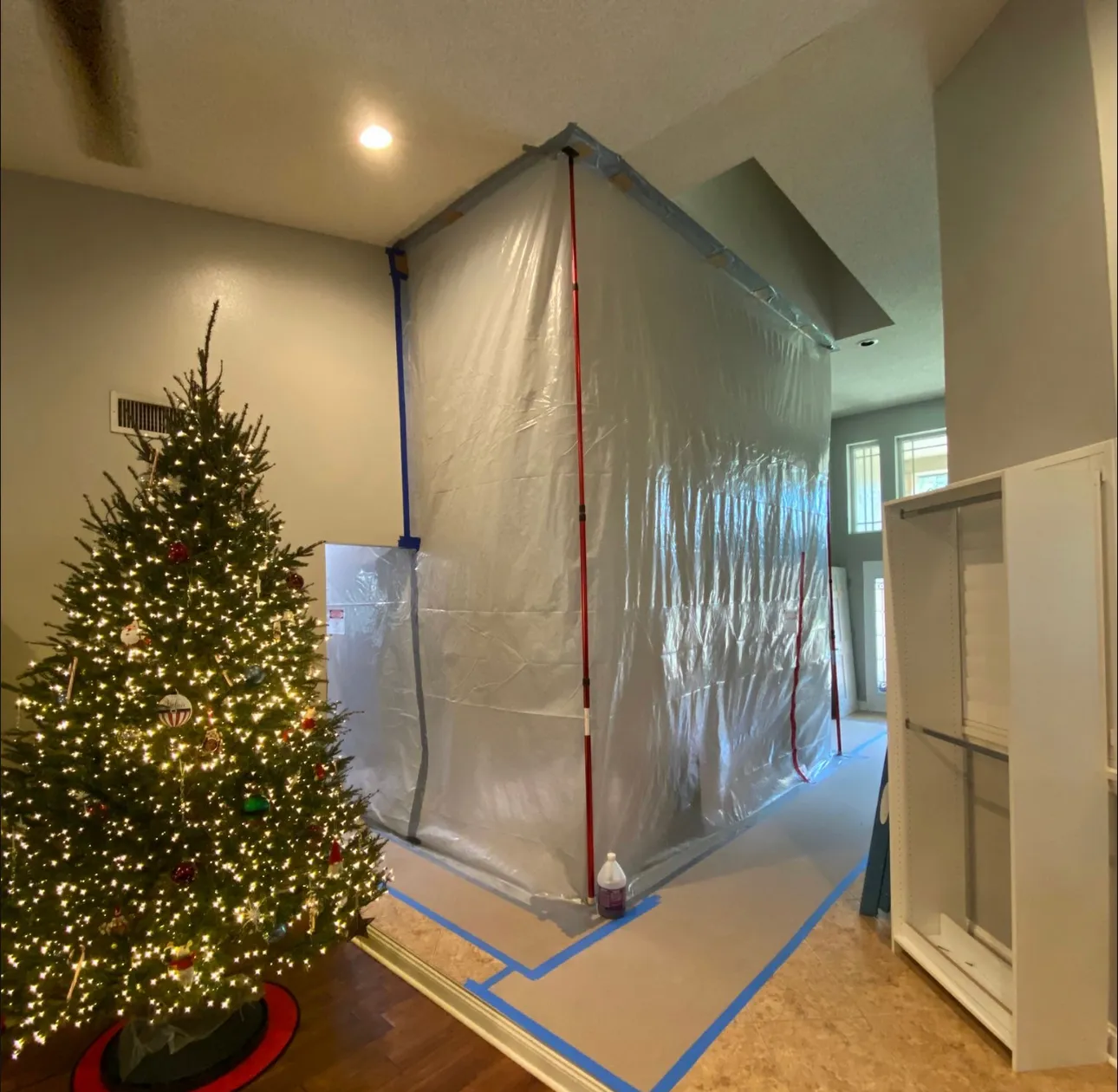
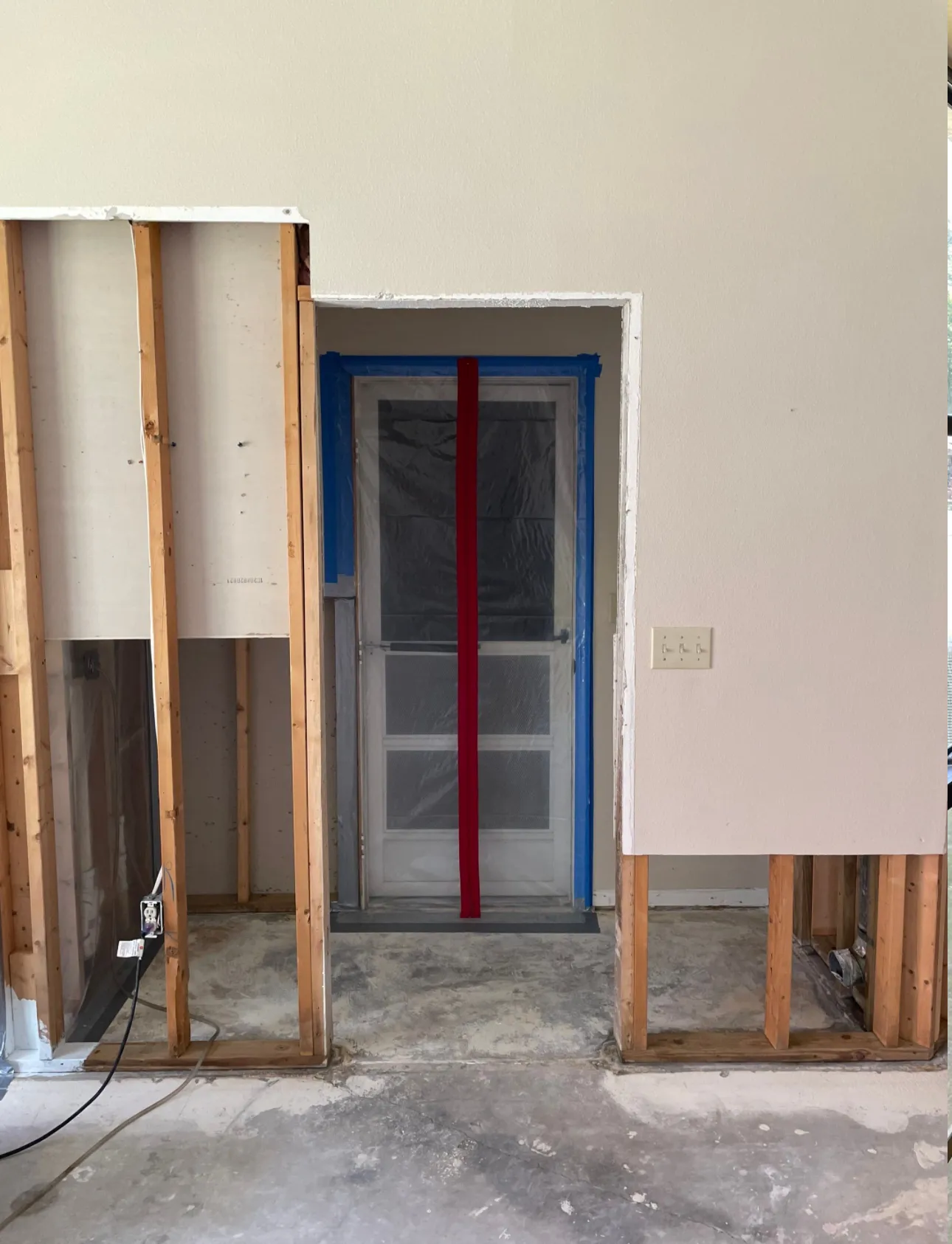
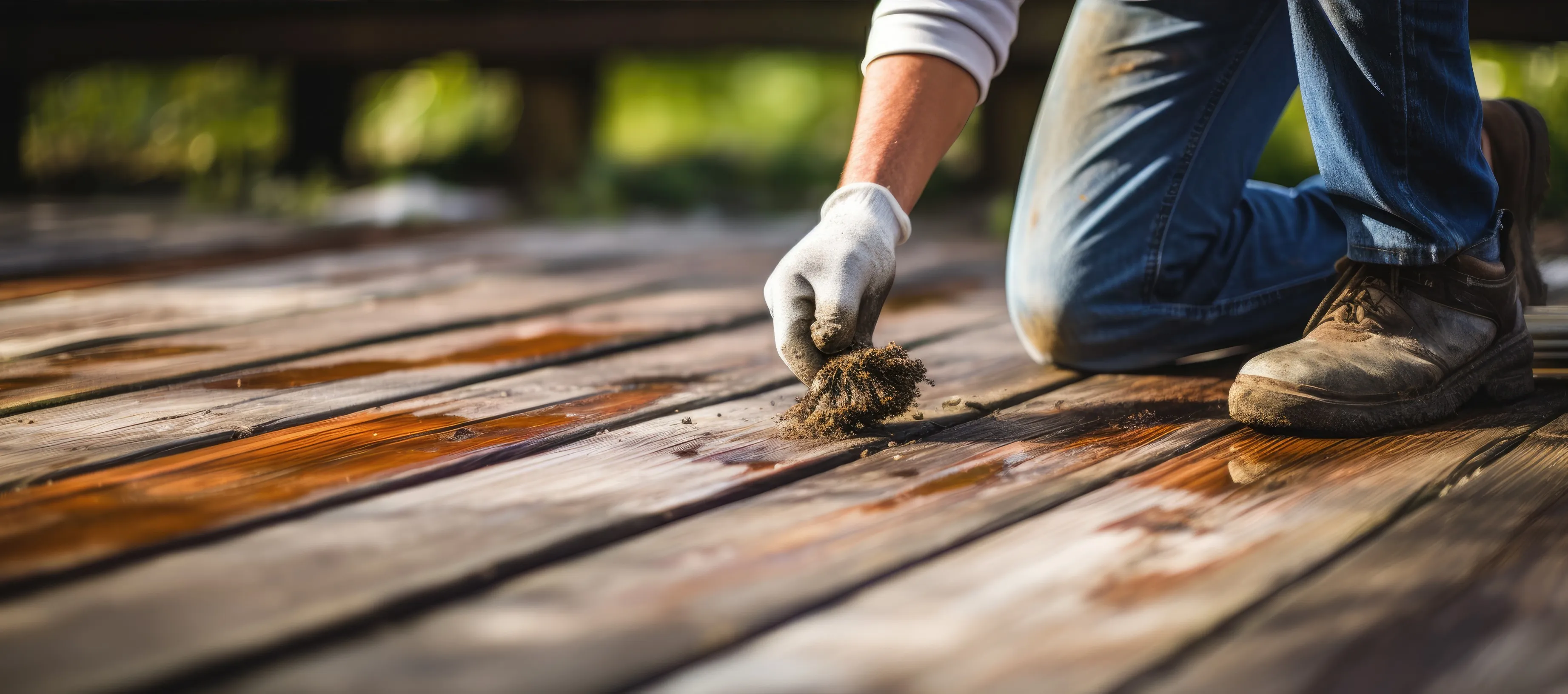
Most insurance carriers require you to mitigate damages immediately! Call us at any time 24/7 and receive emergency services within two hours or less.